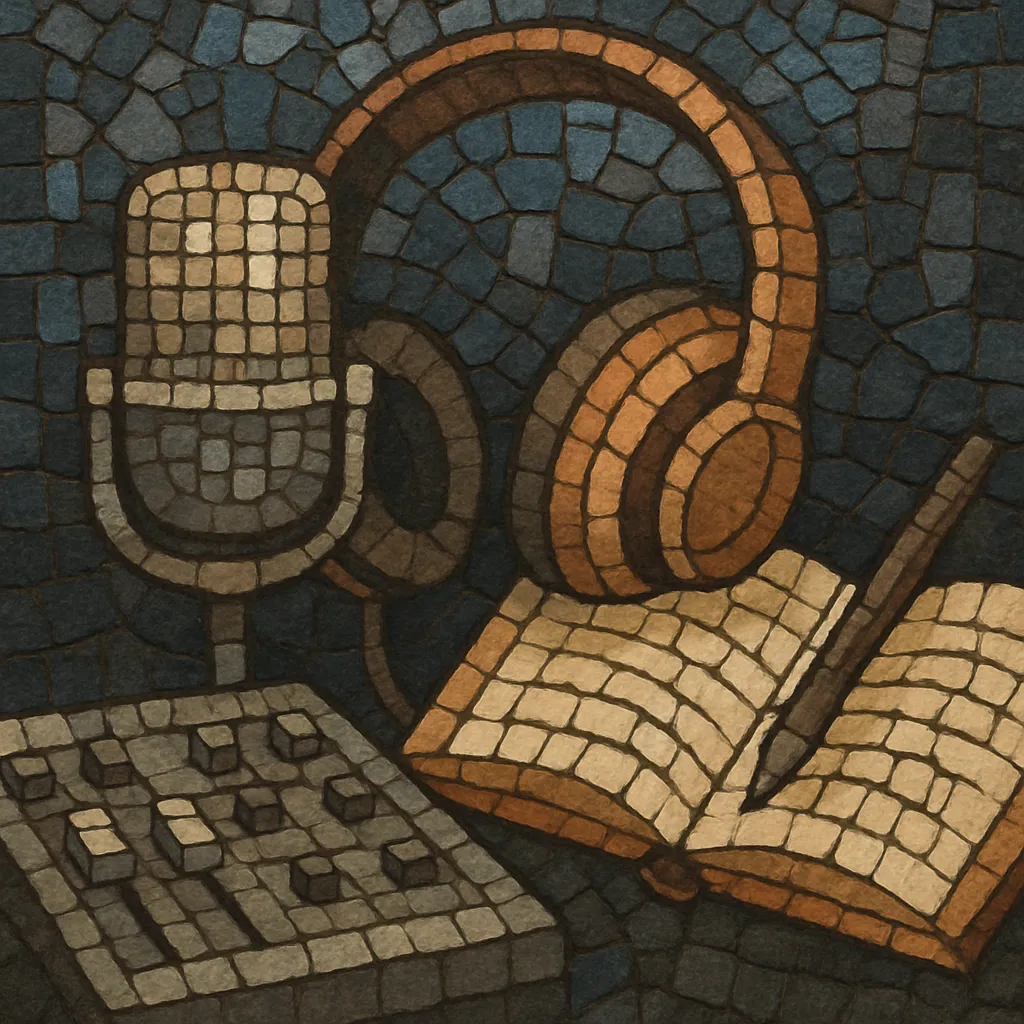
Audio documentary is a narrative non‑fiction form created specifically for listening. It blends reportage, interviews, archival tape, field recordings, narration, and montage to present real events, people, and ideas.
Unlike audio drama, which stages fiction with actors, audio documentary prioritizes factual storytelling and journalistic ethics while borrowing dramatic structure, pacing, and sound design to deepen engagement. Its craft relies on careful research, on‑location sound, and editorial shaping to build scenes and a clear point of view.
Radio networks in the United Kingdom pioneered feature-style programs that evolved into the audio documentary. The BBC’s Features Unit developed long-form factual storytelling built from reportage, interviews, and soundscapes, adopting structural cues from audio drama to shape real-world material.
In the UK, Charles Parker’s Radio Ballads (1957–1964) combined interviews with workers and original songs, demonstrating the power of montage and on-location recording. In Canada, Glenn Gould’s Solitude Trilogy (1967–1977) used layered voices and ambient sound as musical elements, showing how musique concrète techniques could serve journalism. In the United States, documentarians and interviewers like Studs Terkel helped normalize long-form oral history and place-based narratives.
The expansion of public broadcasting built institutional support and editorial standards for audio documentary. Long-form features, investigative series, and innovative sound-rich profiles became staples, solidifying ethics, fact-checking, and a scene-based approach.
Narrative-driven public radio programs such as This American Life refined the act-based, character-led documentary. Radiolab popularized science storytelling that fused interviews, field tape, and musicalized sound design. The podcast Serial (2014) mainstreamed episodic investigative documentary, ushering in a global boom of serialized non-fiction audio.
Independent and newsroom-backed studios worldwide now produce documentaries that blend investigative reporting, personal narrative, and immersive field recording. Techniques from sound art and musique concrète continue to influence structure and texture, while podcasts broaden formats from mini-series to ongoing documentary strands.

